By James Dail (CMC ’20)
Education in the United States is in desperate need of an overhaul. It is a long-recognized phenomenon that students in the United States underperform their peers in the rest of the developed world. In some cases, American students are beaten by students in countries that are less socioeconomically developed, such as with Russia in mathematics. There are many contributing factors to this poor performance, but one notable difference between the United States and other countries is that the U.S. has incentives in place that attract and retain poor teachers. Low teacher pay is pushing the brightest students away from teaching and towards other professions. Tenure makes it difficult to fire teachers who are incompetent but experienced. Boosting pay and eliminating tenure could lead to improved student performance by giving them access to more effective teachers.
There is a substantive body of evidence that union membership increases worker well-being by increasing compensation. This holds true for teachers too, but it has been noted that it achieves mixed results for student outcomes. However, this only occurs because teachers unions promote more than just improved pay and benefits: they also fight to maintain teacher tenure, which ensures teachers job security if they have been employed in a school district for a specified number of years. Tenure limits student performance by rewarding seniority over experience. It makes education reform in a school district difficult because it is impossible to fire ineffective teachers if they have been employed in a particular school district for a long time. Somewhat ironically, having tenure in place has been shown to actually increase teacher turnover. It ensures that new teachers are tasked with the most challenging assignments, since they can be let go if they fail. This forces many competent and innovative teachers out of the profession while keeping the status quo in place. Furthermore, it has been shown that loosening tenure policies improves teacher performance in the classroom. This evidence suggests that if state governments were to fight to end tenure, and teachers unions were to stop advocating for it, student outcomes could improve.
However, if the United States is to put an end to teacher tenure, it will need to enact reforms that will improve teacher compensation. Ending tenure without some other form of compensation would be making teaching jobs worse by removing some of their job security without giving them anything in return. Raising teacher compensation is the other essential step in improving student performance. Teachers are paid at lower rates than both their peers in countries that educationally outperform the United States, as well as other professionals within the U.S. who have comparable levels of education. Improving teacher compensation improves student performance because it alters incentives. There is an emerging teacher shortage in the U.S., and a key reason for this is that young professionals are flocking to higher-paying professions. Making teaching a more lucrative profession would result in attracting more talented professionals to a teaching career. These professionals would be effective in the classroom, and this would lead to improved student performance.
Poor performance by American students equates to a lack of international competitiveness. The United States was once the educational gold standard, but it is falling behind. Enacting a bipartisan policy of ending teacher tenure while boosting teacher pay could be a solution to increasing student performance and ending this lack of competitiveness.

